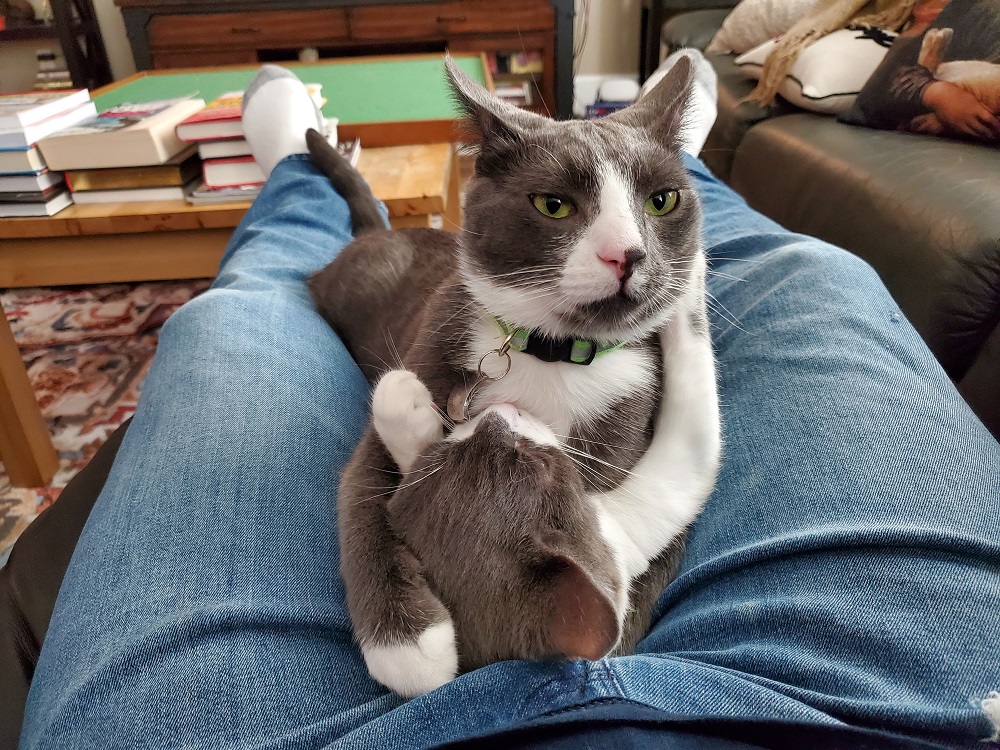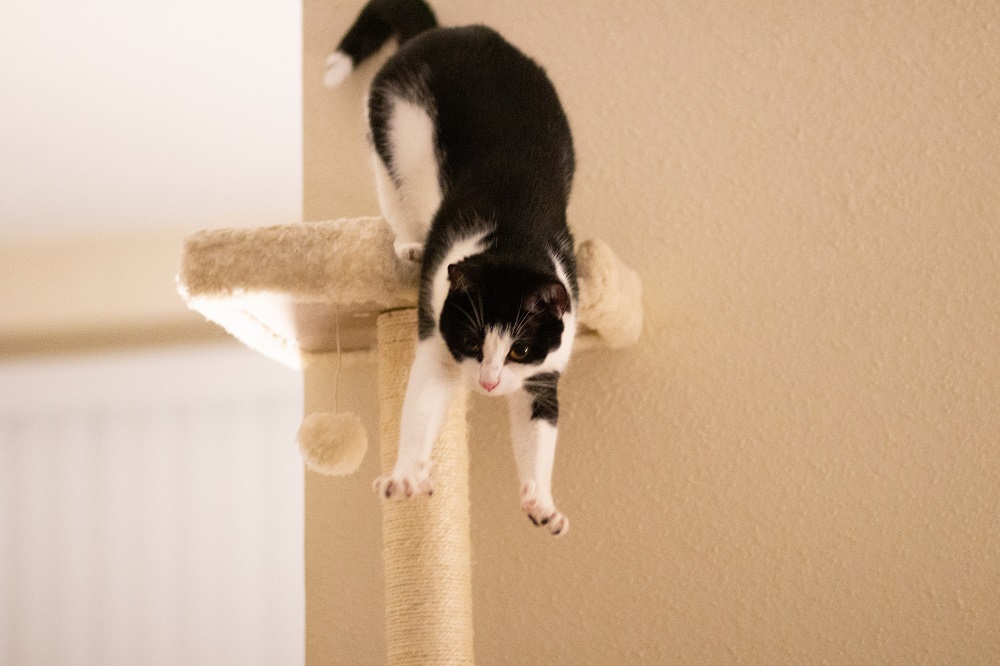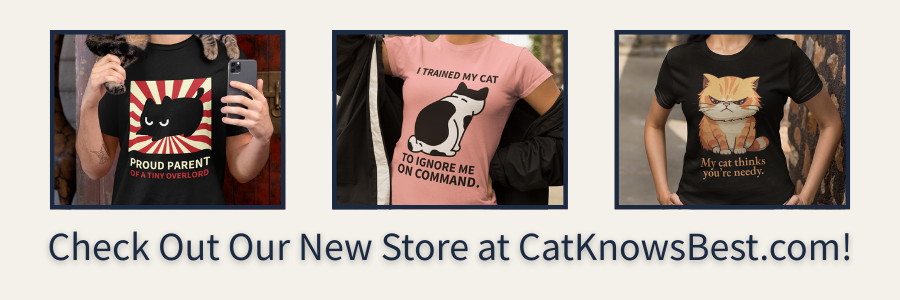Cats have a reputation for being able to survive just about anything. They fall from high places, escape dangerous situations, and land on their feet like little furry gymnasts. This reputation is probably why the phrase “cats have nine lives” has stuck around for so long. But where did this idea come from, and is there any truth to it?
Let’s untangle the history behind the nine lives myth and explore what actually makes cats so incredibly resilient.
Where the “Nine Lives” Legend Came From
The belief that cats have nine lives dates back centuries and shows up in various cultures with slight variations. Some say cats have seven lives. Others say six. But in English-speaking folklore, the number is almost always nine.
This likely comes from a mix of myth, observation, and a dash of superstition. In ancient Egypt, cats were seen as sacred and mystical creatures. They were closely associated with protection, healing, and even resurrection. The idea of a cat having multiple lives may have grown out of their association with gods and eternal energy.
Later, in European folklore, cats were believed to have magical qualities. Their ability to slip through cracks, survive accidents, and always seem one step ahead of danger only added fuel to the myth.
The number nine has also held symbolic meaning in many cultures. It’s often associated with completeness or mystical power. Combine that with a cat’s almost supernatural survival skills, and you’ve got the perfect legend.
No, Cats Don’t Actually Have Nine Lives
Let’s clear something up: cats do not have multiple lives (obviously). They are not secretly immortal beings with a life counter hidden under their collar.
However, they do have some serious survival advantages that make them seem almost untouchable in certain situations.
- Flexible spines and strong muscles help them twist midair and land on their feet
- Incredible balance and reflexes allow them to navigate high or narrow spaces
- Instinctive caution often keeps them out of dangerous situations
- Fast reaction times help them escape threats in the blink of an eye
All of these traits add up to one very agile, clever animal that can often escape harm where others might not.
The Science Behind Cats Landing on Their Feet
One of the reasons people believe cats are extra lucky is because they have an actual biological reflex called the righting reflex. This is what allows them to twist in the air and land feet-first when falling.
Cats develop this reflex at a young age, often by the time they are six weeks old. It relies on a combination of inner ear balance, flexible spines, and lightning-fast coordination.
They also have relatively low body mass and loose skin, which helps slow their fall a bit. Believe it or not, cats falling from very high places (like multi-story buildings) sometimes suffer fewer injuries than cats who fall from just a few feet up. This is called high-rise syndrome, and it’s one more reason why people assume cats are practically invincible.
Of course, not every fall has a happy ending. The righting reflex helps, but it’s not a guarantee. Cats can and do get injured or worse when falling from heights.
Real Risks and Why Nine Lives Is Just a Saying
While cats are tough, they are far from indestructible. Believing the myth too literally can lead to risky situations.
Here are some real dangers that even the most agile cat cannot always escape:
- Cars and traffic pose a huge threat to outdoor cats
- Toxic plants and foods can be deadly if ingested
- Falls from windows or balconies can still cause serious harm
- Fights with other animals may lead to infection or injury
- Hidden illnesses can go unnoticed without regular vet care
It is important to treat cats as the living, breathing, vulnerable companions they are, not as magical creatures that can survive anything.
How the Myth Helps Explain Cat Behavior
Even though cats do not actually have nine lives, the myth does reflect something very real about them: their incredible resilience.
Cats bounce back from surgeries, adapt to injuries, and often continue on with confidence after a scare. They may act aloof, but their ability to read their environment and stay calm under pressure is impressive.
Some cats also seem to have a sixth sense for avoiding trouble. They disappear just before something loud happens. They steer clear of sketchy visitors. They know when the vacuum is coming before you even plug it in.
In these moments, the myth starts to feel a little more believable.

Nine Lives? Really? I’m not sure how you humans come up with such silly things. But let’s test that theory, shall we? Let’s see what happens if I smother little Joey here… #NineLives #ToughTestingTheLittleBrother #HumansAreSilly
Winston
Keeping Your Cat Safe in the Real World
Even though your cat does not have a stash of backup lives, you can still help them live a long and healthy one.
- Keep them indoors or in a secure outdoor enclosure to reduce exposure to cars, predators, and toxins
- Cat-proof your home by removing poisonous plants and securing stairs and open windows
- Schedule regular vet visits to catch health issues early
- Provide plenty of enrichment like scratching posts, toys, and vertical space to explore
By respecting their physical limits and protecting them from preventable dangers, you’re doing your part to help your cat use their one and only life wisely.
Final Thoughts
The idea that cats have nine lives may be just a myth, but it is one built on a very real admiration for their resilience. Cats are agile, clever, and surprisingly tough, but they are not indestructible.
Treat the nine lives legend as a compliment to your cat’s skills, not as a safety net. With your help, one good life is all they need.
Sources:
Recent Posts
Your Cat Might Be a Furry Little Healer… or at Least a Fuzzy Alarm System If you’ve ever had your cat suddenly become extra clingy when you’re under the weather, you’re not alone. From...
Cats are experts at hiding things, socks under furniture, their disdain for your playlist, and, unfortunately, symptoms of illness. In the wild, showing weakness could make them a target, so even...


